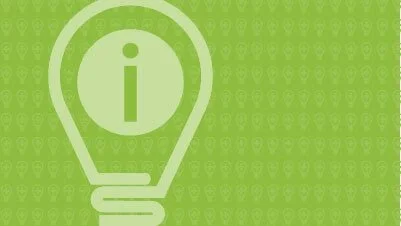So you’re at the doctor’s office for a check-up, but something’s amiss. The doc says you need to start taking a medication to treat the new issue at hand. What should you do? Do you run to the pharmacy and fill the prescription? Depending on the situation, that may be necessary. But if it isn’t particularly urgent, we have a few recommendations that can hopefully save you time and money.
#1 – Address your health concern naturally
This isn’t always the correct route, but the first question you should ask your doctor is, “Could I fix my issue with changes to my eating habits and lifestyle?” If the doctor agrees this is an appropriate first step, then go for it. But only with your doctor’s approval. If the issue is more serious, then move on to #2.
#2 – Inquire about alternative prescription drug options
Doctors have their favorite prescription drugs to address certain issues. But there is typically more than one medication available to treat each condition. Your doctor might prescribe a generic drug or a brand name drug. Brand name drugs typically cost more than generics, so you want to be extra careful if you’re prescribed a brand name.
Since your doctor doesn’t know the price of every drug and how your insurance plan covers your particular prescriptions, you need to ask for a few alternative drugs when prescribed a brand name drug. Because if you don’t, you may be in for a big surprise – and a big bill – when you pick up your prescription at the pharmacy. So don’t accept whatever is prescribed to you, especially when it’s a brand name drug. Consider a generic drug to save you money…as long as your body responds well to the drug and your doctor is okay with it.
#3 – Compare drug pricing at Medicare.gov and GoodRx.com
Medicare.gov is a great place to confirm Part D drug pricing in a stand-alone Part D plan or a Medicare Advantage (Part C) plan. That way, you can confirm if the new medication is even covered on your plan’s formulary list of approved drugs. You can do this with or without having an online Medicare.gov account.
Also, GoodRx.com has cash discount deals for prescriptions at many pharmacy chains. Sometimes it’s actually less expensive via GoodRx than through your Part D prescription drug plan! And if that’s the case, here’s what you need to do: Show your pharmacist the GoodRx coupon for the particular drug, which you can print at www.goodrx.com or pull up the GoodRx app on your smartphone.
The discount will be applied and you’ll pay the necessary copay like normal.
Please note, you CANNOT use both GoodRx and your Part D prescription drug plan at the same time. It’s one or the other. If you are buying a few prescriptions through your Part D plan and others through GoodRx, be sure to complete two separate transactions at the pharmacy.
#4 - Contact Your Insurance Agent
When you work with a licensed insurance agent, he or she can quickly get you medication pricing and coverage details for your plan. That’s one reason why you’ll want an agent!
Reference Links
www.medicare.gov
www.goodrx.com



